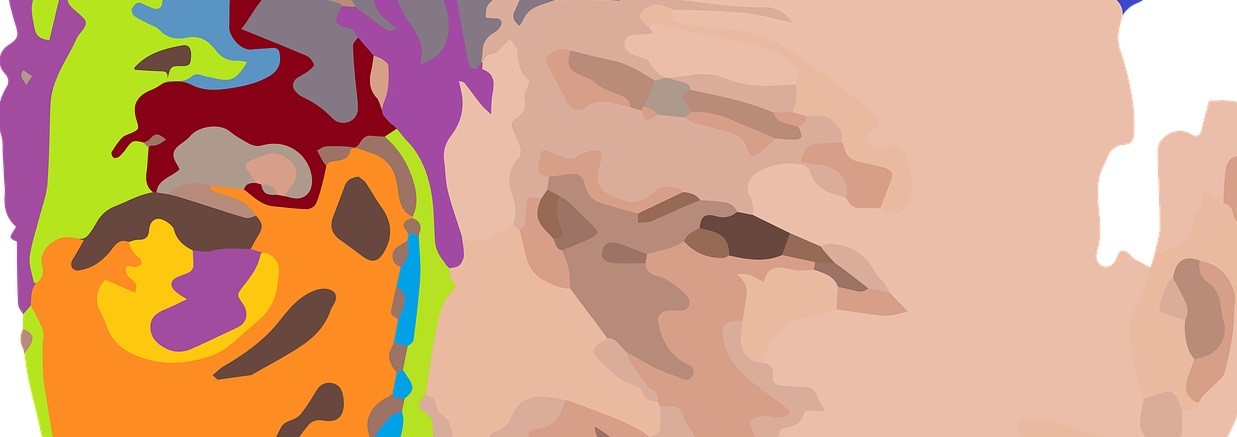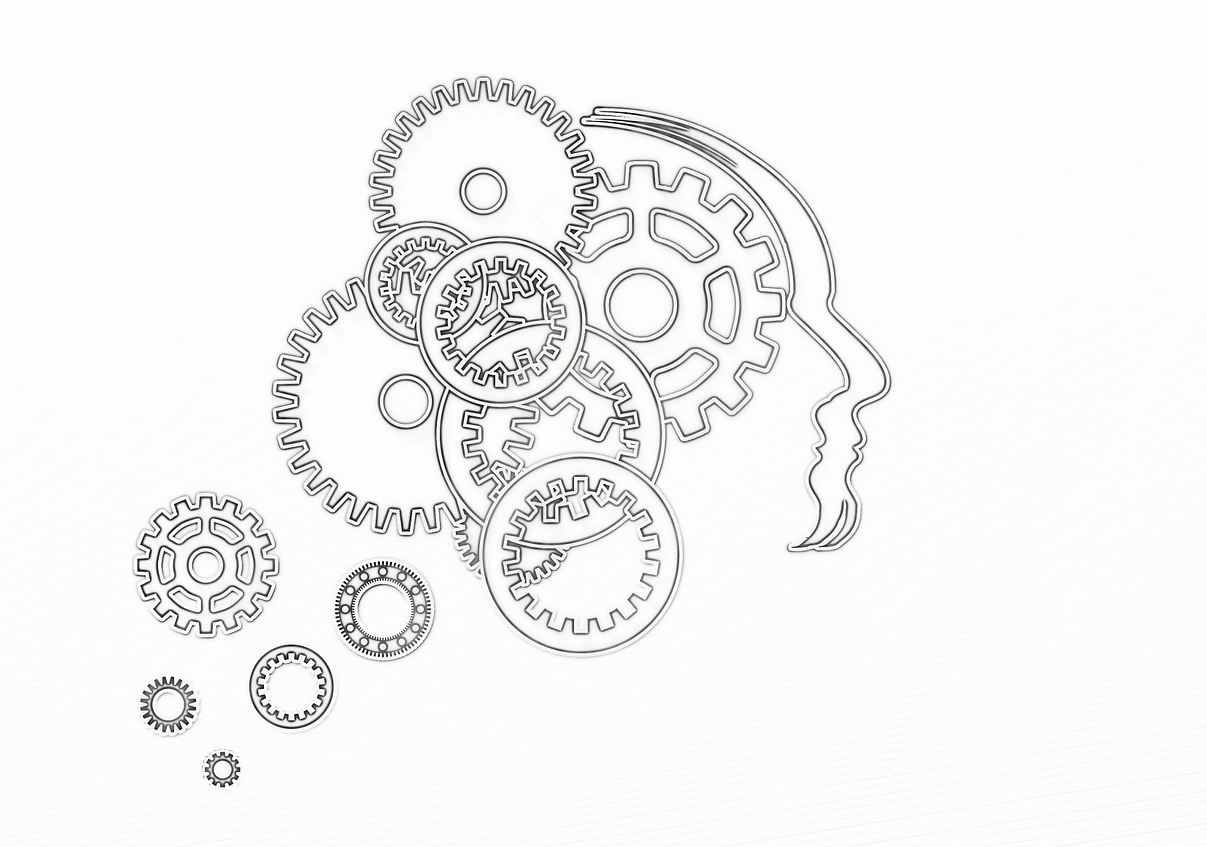As a leader, you have to be visible.
One cannot be a leader on one’s own. To be a leader is to be recognized as one.
And to be recognized as a leader, one has to Be, to Do and to Relate.
This is the second post on leadership, about ‘doing’ leadership.
Leadership can be learned. It is a series of skills which, practiced over time, becomes ‘natural’… as neuroscience indicates, habit-forming. The time and effort invested to learn to lead and to lead often go unrecognized unless we truly see.
How does a leader lead?
- Acquire knowledge and improve
A leader aspires and is seen to be aspirational. Bearing the qualities set out in the first post about being in leadership, a leader seeks knowledge. Leaders are humble and ever prepare to admit that we do not have all the answers, that we are researching or obtaining more information, and that we are open to new idea and propositions.
Leaders will be those who seek continuous personal growth, encourage authentic interpersonal relationships, to contemplate product and ways of working beyond what is known.
- Bring safety and inspire
Leaders are those who create a safe space within work groups or organisations to allow for creativity to emerge and risk-taking to occur. Creative ventures can fail and this alone will be terrifying for anyone working in an environment that is not tolerant of this. Unless one knows that her job will not be jeopardised for voicing a creative new idea, for trialling an innovative process, for being herself while doing so, nothing will be proffered and all will remain the same.
By being visible in making mistakes, in admitting to mistakes, a leader demonstrates the acceptance of make mistakes, to have gotten it ‘wrong’. A leader will speak of the learning to be had and how to overcome thus signifying the will to continue the good work.
- Challenge and support
Leaders see the people around us – people with real emotions, with personal aspirations, hopes and joys, people who face personal trials and challenges. Most importantly, leaders see the strengths, resources and skills of those with whom we work.
With empathy and understanding, leaders challenge and support our colleagues to growth, to aspire, to improve, to be better at what they do and how they contribute to the workplace.
- Decide and act
Little can be achieved without our deciding to step into it. Our attention and intention to go into a space of improvement, development and innovation are critical to our leadership abilities. We take risks, we stand convicted of our decisions and we act.
The mark of a leader is one of astute discernment, borne from constant practice of intellectual, emotional and spiritual intelligence; and of incisive unwavering action.
- Engage and communicate
Leadership is not without its turbulence… the buzz, I call it, is what informs us. The buzz could be from our personal excitement, nerves… yes, leaders are human after all; or the resistance from within the organization; or an instinctive warning. Listen, evaluate and learn. Positive and negative buzz have lessons to teach.
Leaders engage with emotions and feelings, our own and of those around us. And instead of being a cauldron of emotions or feelings, we communicate them in a constructive way, by asking questions and listening to the answers, without judgement and prior expectations. Leaders have real conversations.
- Focus on vision
It is also through conversations that leaders uphold visions. It is easy with everyday humdrum of routine, unavoidable passivity and pessimism to distract us from our vision.
Leaders maintain vision and see how something fits into that vision, not welded to rigidity, instead are prepared to be reflexive.
Leadership requires generosity of spirit, dynamic adaptability and grounded vision, all of which are within our grasps, if we commit to it. Yes, leadership can be learned, as every element of what I have indicated above can be learned.











